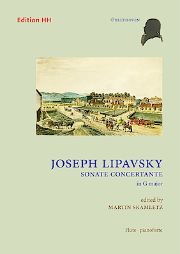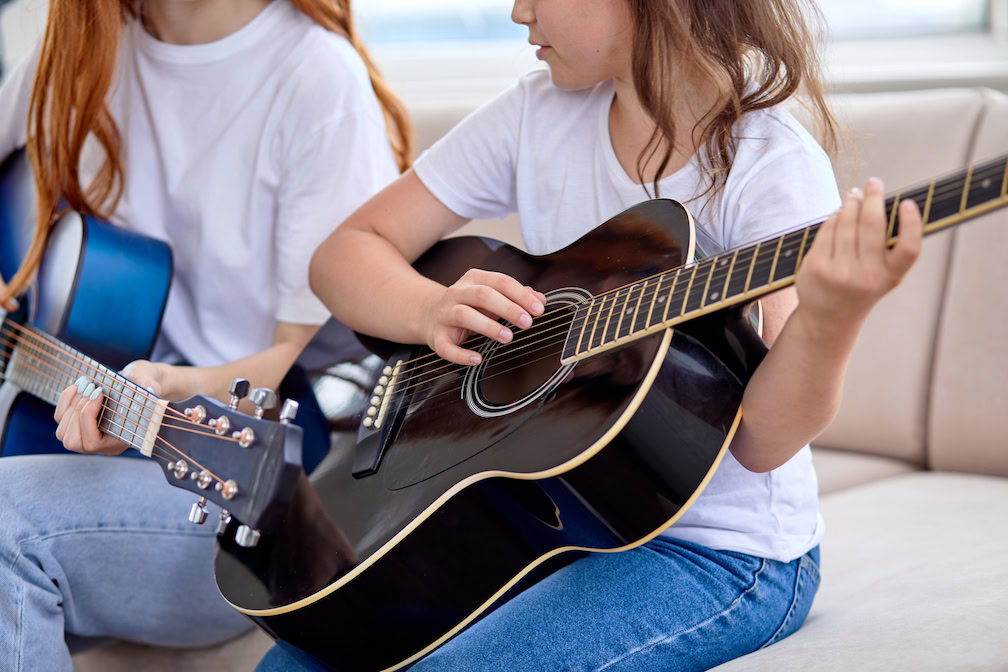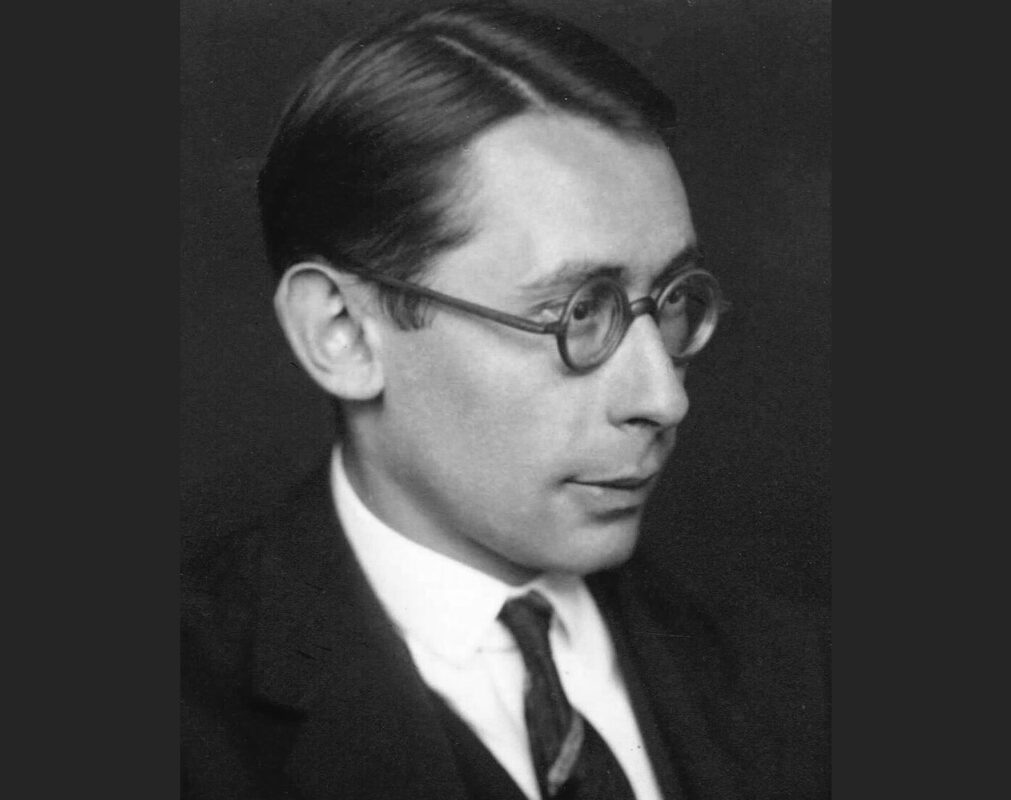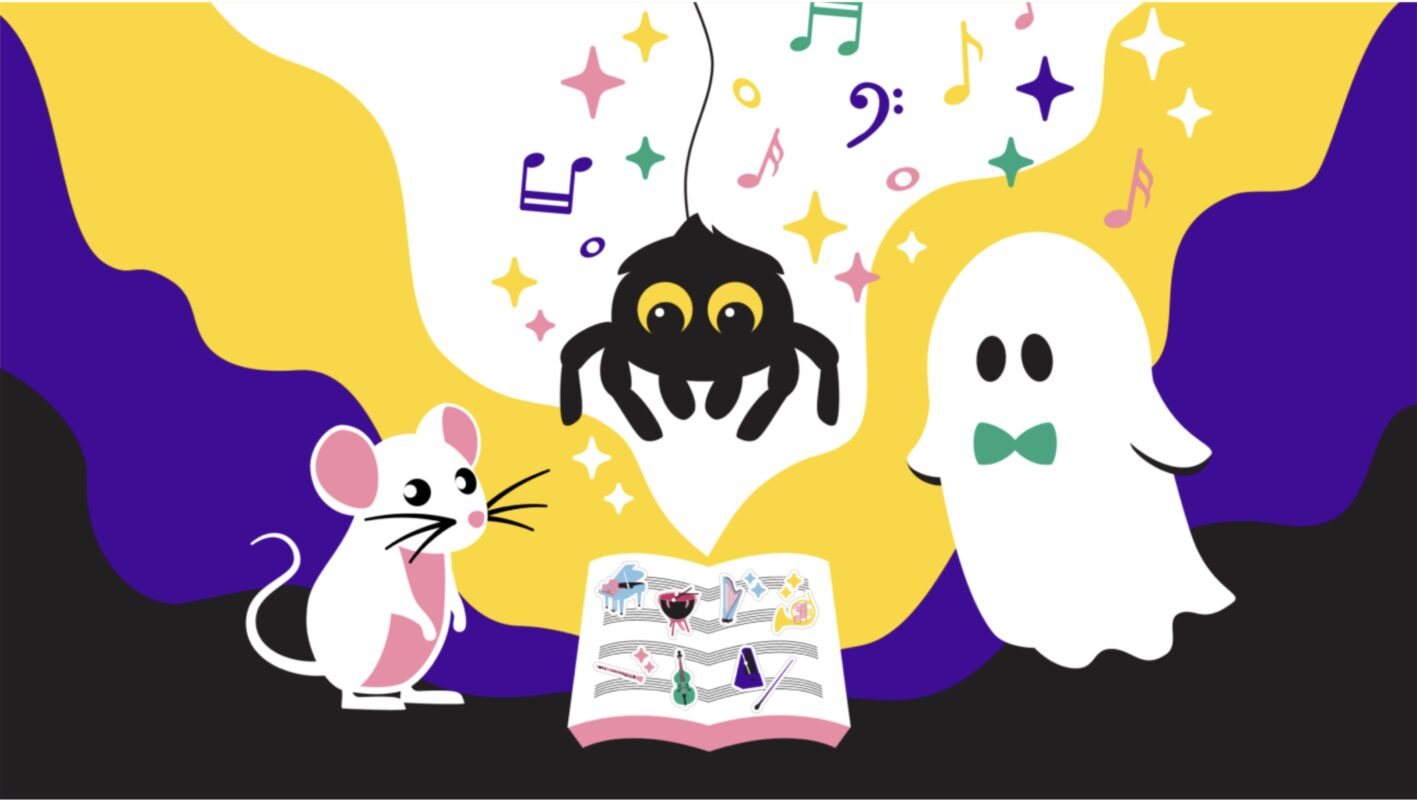In one breath with Beethoven
The "Sonate concertante" in G major for fortepiano and transverse flute by Joseph Lipavsky is reminiscent of great role models, but certainly has its own musical ideas.
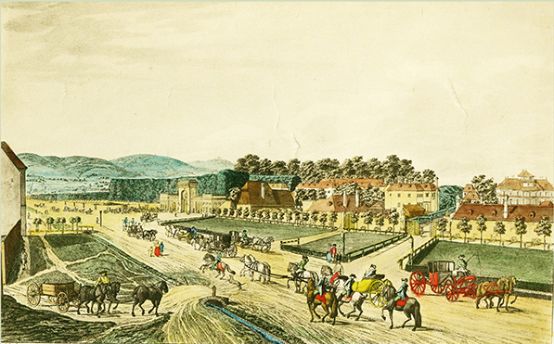
The Bohemian composer Joseph Lipavsky (1772-1810), who was also known as a piano virtuoso, learned to play the piano and organ in Königgrätz and was a pupil of Johann Baptist Vanhal in Vienna and - according to a 19th-century encyclopaedia of artists - also of Wolfgang Amadeus Mozart. Lipavsky's career as a pianist-composer from Bohemia was "not untypical for his time" and, as the editor Martin Skamletz writes in the foreword, he "combined a flair for the variation of opera melodies with contrapuntal knowledge". In Carl Czerny's Memories from my life The composer is still mentioned in the same breath as Beethoven, and indeed the present Sonata concertante for flute and pianoforte in G major, which is Lipavsky's last work, bears a certain resemblance to the sonatas by Czerny and Beethoven: all movements are concertante, the piano plays long introductions and transitions and the thematic events are evenly distributed between the two instruments.
In the first movement, which is composed in sonata form, the exposition already contains a passage in E flat major which is reminiscent of Beethoven's Creatures of Prometheus which, however, quickly modulates back to the dominant key of D major. The second movement begins with a beautiful aria-like theme, first played by the flute and then by the piano, and is reminiscent of an operatic duet in which recitative-like elements in both voices interact with each other. The third movement, Rondo, sounds very virtuosic and is almost humorous, with the semiquaver cascades in the first part running motorically through both voices, reminiscent of a fast flute clock composition by Joseph Haydn. A large piano solo follows in a section entitled Scherzando, which is thematically taken up by the flute, before the rondo theme returns in a dolce section in D major.
The sonata is composed for fortepiano and transverse flute and, as the key of G major is well suited to both the single-keyed and multi-keyed transverse flute, it is easy to play. Of course, it is just as appealing to interpret the sonata, which captivates with its diverse musical ideas, on modern instruments.
Joseph Lipavsky: Sonate concertante in G major, for flute and pianoforte, edited by Martin Skamletz, hh420.fsp, £ 15.95, Edition HH, Oxon 2017






